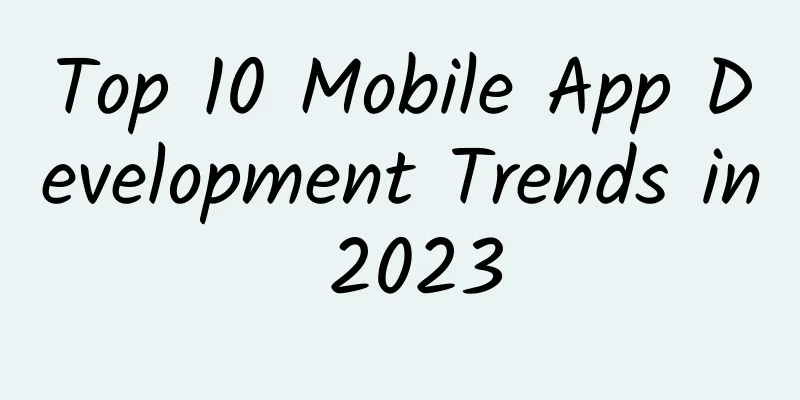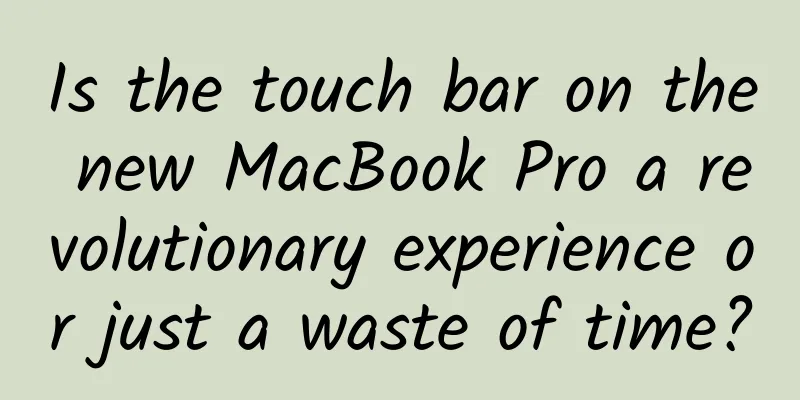Top 10 Mobile App Development Trends in 2023

1. Leverage cloud-based servicesAs trends emerge, cloud technology will become an increasingly important aspect of the mobile app development process. Cloud technology has changed the way developers create and distribute programs, and this trend is expected to continue in 2023. It improves the flexibility, scalability and security of mobile application development. Developers can use cloud computing to design and deploy applications faster and more efficiently, while allowing users to access their data and application functions from any device. For example, cloud-based applications can allow customers to access their account information and manage their accounts from digital devices such as tablets, smartphones and computers. 2. Internet of Things (IoT)The Internet of Things (IoT) is expected to influence the mobile app development trends in 2023. As more and more devices are connected to the internet, the demand for IoT-enabled apps has increased. Mobile app development market players such as MIUI, Samsung, Nest, and Honeywell have made great strides in the field of IoT. 3. Experience brought by the MetaverseIn the coming year, we will witness the growth of Metaverse-like experiences within a single app or in new large app ecosystems. What does this mean for users? Users can easily switch between app experiences and benefit from the convenience of accessing a variety of services from a single platform. Microsoft, Meta, Decentraland, and Roblox are all attempting to reimagine social networking platforms to provide virtual environments where users can connect, collaborate, participate, play, create, and engage in activities. 4. Artificial Intelligence and Machine LearningSince 2019, AI and machine learning have become trendsetters, automating the mobile app design process and reducing time to market. They are used in chatbots, voice recognition, facial recognition, financial forecasting, and other applications that mimic the human brain. One of the trends in UX-based app design is Google Duplex, which can make calls! 5. Beacon technologyBeacon technology has been around since 2013 and is making a comeback. Notably, beacon deployments have increased the retail industry’s revenue by about 65%. This is a growing technology trend that sends data based on location via Bluetooth low energy signals. This information can help find nearby medical stores, motels, or gas stations. Overall, beacon applications offer personalized services. Not surprisingly, beacon applications will become a trend in 2023. 6. Augmented and virtual realityWill AR/VR revolutionize interior design, marketing, education, and healthcare? Probably not. Because AR/VR is often associated with the gaming world, like Pokémon Go. However, it is one of many UX-based app design concepts that have evolved over time. Mobile app developers are increasingly using the technology to try out various home styles, try out virtual cosmetics, learn new ideas, and more. 7. Blockchain technologyBlockchain technology has dominated the mobile app industry by monitoring digital assets, providing cloud storage services, protecting digital identities, and many other features. In addition, mobile app developers can now provide secure, fast, and cost-effective mobile app development services by combining blockchain and IoT. 8. Integrate mobile devices with other platformsIntegrating mobile apps with other platforms will continue to be a trend in mobile app development. In addition, the rapid adoption of connected devices and platforms such as smart home devices, wearable devices, and voice assistants will open up new avenues for mobile app integration. As a result, users will benefit from a more convenient and seamless experience across linked devices and platforms. 9. Gamification of ApplicationsApps and games will continue to work together. When apps in non-game industries such as health, education, and productivity become more gamified, users will get a more exciting and immersive experience. Gamification will motivate users to complete work or achieve goals by awarding points or virtual rewards for completing challenges. 10. Low-code/No-codeThis is the coolest thing for mobile app developers. Even if users don’t know how to code, they can build apps using frameworks and tools like drag and drop, editors, and basic APIs. This reduces the average app development cost and speeds up the time to market. Overall, there has been a paradigm shift in mobile app development. |
<<: Computer Vision is Reshaping Augmented and Virtual Reality
>>: Electron-based Windows version of NT QQ released Beta 15, adding background transparency switch
Recommend
Technical analysis of AndroidManifest.xml multiple obfuscation bypass static analysis (Zip format type modification bypass)
background As mobile applications become more and...
Teacher Wen's Reading Comprehension Class on Douyin
Resource introduction of Teacher Wen's "...
Teach you how to customize iOS 14 APP icons
Since the release of iOS 14, desktop widgets and ...
How to plan a new media marketing promotion plan?
What role does new media marketing play? How to s...
What is brand planning?
When we can't figure out a problem, the best ...
How to plan an event? Activity planning process conception
1. Principles of activity task allocation 1) Spec...
WeChat Product Manager: Spring Festival Gala Shake Project Experience Summary (Product Edition)
[[128420]] I was fortunate to participate in the ...
Why is it not recommended to buy a mobile phone with 256G storage space? There are three reasons
The size of a mobile phone's storage capacity...
Exploiting Bugs to Hide iOS7.1 Native Apps
Although iOS 7.1 has many native applications with...
MIIT: Economic Operation of the Automobile Industry in May 2024
In May 2024, my country's automobile producti...
How much does it cost to develop a Huaihua Electric mini program? Huaihua Electric Mini Program Production Price Inquiry
How much does it cost to develop the Huaihua Elec...
From cold chain to room temperature items, a picture shows how the new coronavirus can be transmitted from objects to people
Producer: Tang Xinyi Editor: Ma Yucong Map: Wang ...
Do plants know math? The magical Fibonacci sequence
Editor's note: Plants occupy a very important...
High blood pressure ≠ hypertension! Stay away from high blood pressure and do these 6 things
Speaking of high blood pressure Many people feel ...
Why do information flow? Redefine the structure and creative writing of information flow copywriting
When it comes to redefining information flow copy...









